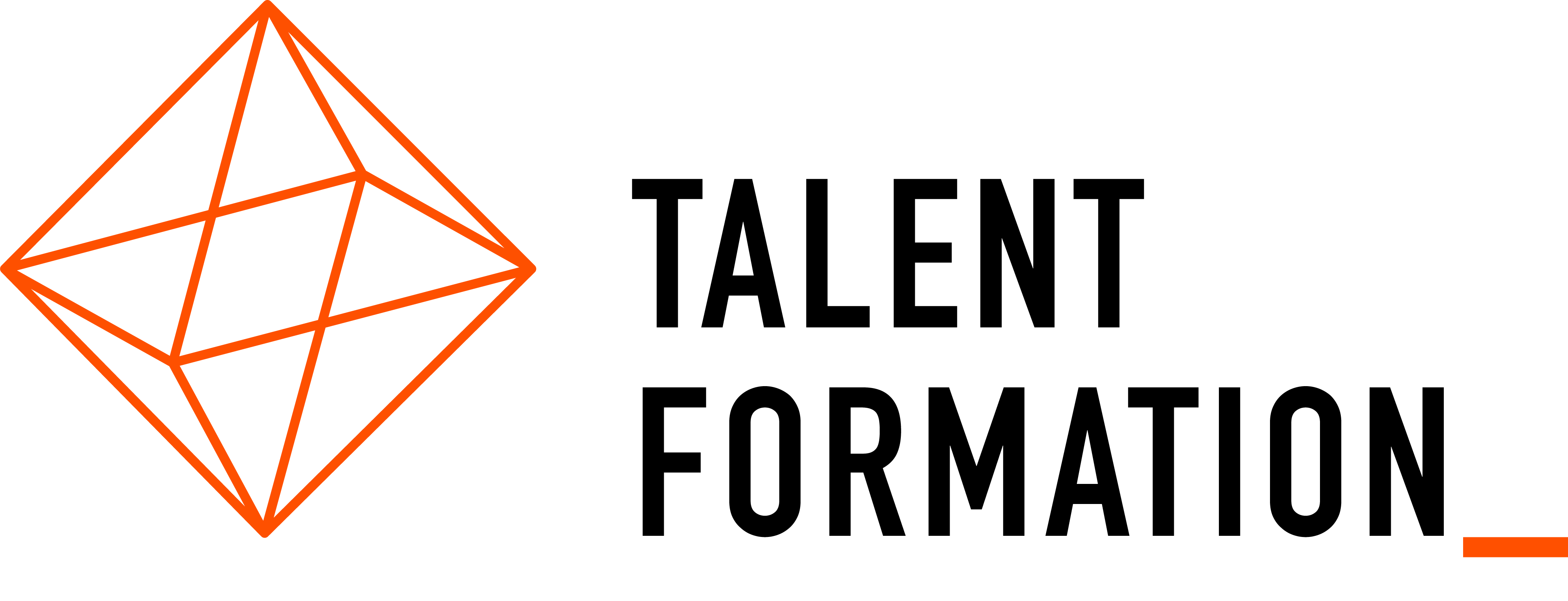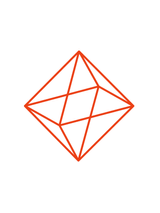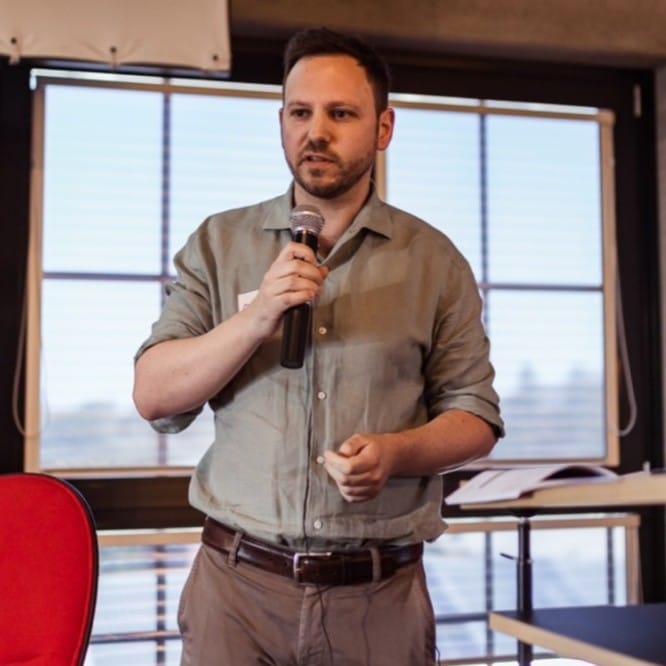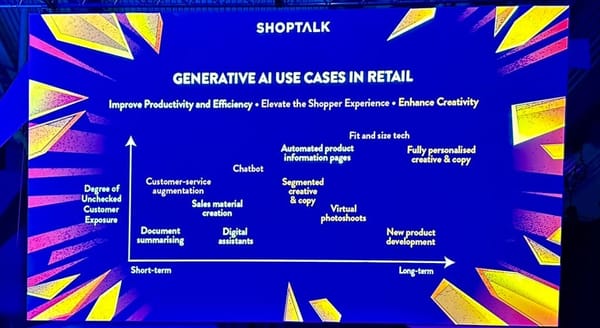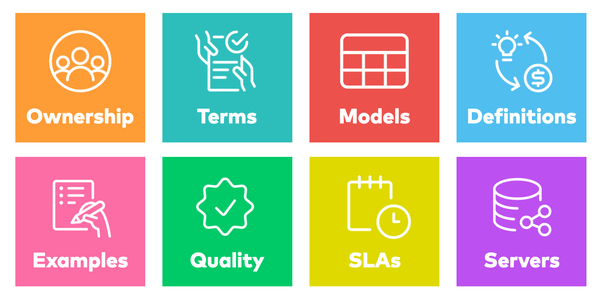Building Smarter: Verticalization’s Role in Future-Proof Tech Teams
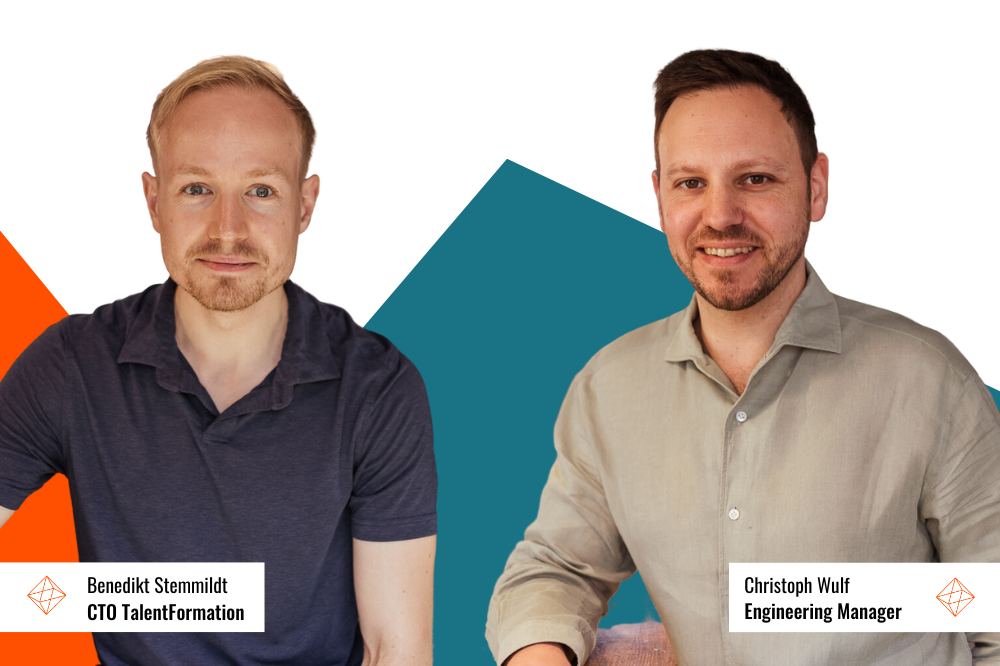
Benedikt, ‘Verticalization’ is a term that’s been gaining traction in the tech world. Can you explain why it’s considered the workhorse in the TalentFormation’s approach?
Benedikt: Sure. ‘Verticalization’ is a concept that redefines the traditional approach to structuring software development teams. Historically, teams were often divided based on technical specialties, such as Frontend, Backend, and Infrastructure.
However, verticalization moves away from these horizontal divisions and instead forms teams around specific features or parts of the product. So, rather than having technical silos, you’d have interdisciplinary teams like a ‘Search’ team, a ‘Explore’ team, and a ‘Purchase’ team. Each of these teams would have their own Frontend developers, Backend developers, and Infrastructure developers.
One major benefit is that it significantly reduces the communication and planning overhead. Teams are more self-contained and can work on their specific part of the product with fewer dependencies on other teams. It enhances efficiency, autonomy, and cohesion in product development.
The course of verticalization emphasizes building products and tech organizations around the principles of team topologies. What role do team topologies play in structuring these organizations?
Benedikt: ‘Team Topologies’ offers specific guidance on how teams should be aligned within an organization. The ‘Stream-aligned Teams’ that emerge from this can deliver changes to software with great efficiency, aligning with the rapid demands of evolving digital landscapes. They are designed to minimize friction in the development process, allowing products and features to be delivered more quickly and seamlessly.
Could you provide a brief overview of what self-contained systems are and why aligning them with the Business Model Canvas is essential for companies aiming for verticalization?
Benedikt: Sure. ‘Self-Contained Systems’ refers to the technological perspective of how architecture is structured. The principle behind SCS is to ensure that technology or architecture is designed to be independent and interdisciplinary.
To put it simply, if you’re working with multiple teams on a monolithic system, it becomes counterproductive. Just creating microservices around specialized areas won’t bring the desired agility and efficiency either. Instead, the goal is to have a system that’s interdisciplinary, where each component or service is largely independent but can function harmoniously within the larger system.
Now, when we talk about aligning SCS with the Business Model Canvas, we’re essentially ensuring that the technical structure mirrors the business strategy. The Business Model Canvas provides a visual framework for companies to outline and understand their business model. By aligning the two, companies can ensure that their technical implementations are in sync with their business goals, streamlining the path to verticalization.
Christoph, the description of your talk mentions, ‘all models are wrong, but some are useful.’ Can you explain the challenges companies face when trying to fit their businesses into predefined models?
Christoph: There are tons of approaches to software development and digital product development in general, all full of great ideas that are often not trivially applicable and come with one or two pitfalls.
The authors of Team Topologies, the DORA Research or Domain Driven Design have given us many great approaches for efficient organizations, technical and organizational practices, or software architectures.
However, these approaches can not only be inspiring but also frustrating, because they are no guarantee of success in isolation and you can get bogged down in a certain perspective on the large systemic structure of digital product development.
We have focused on the interplay of many of these concepts and have thus composed a heuristic for ourselves: The heuristics do not work equally for all customers and projects in all phases, but apply the approaches differently to the respective horizon or context of a company or product.
Lastly, Christoph, for attendees looking forward to your panel talk, what key takeaways or insights do you aim to provide them with?
Christoph: In our talk, we focus on a specific part of our heuristics.
We will show how our opinionated approach integrates the various concepts to make them successfully applicable to projects in the 1st horizon or context: Companies that want to lift their existing business model to new, more sustainable digital grounds.
How do we find good streams of work that Team Topologies require for their Stream-Aligned Teams? Which architecture concepts do we apply to allow these teams to create business value autonomously? How do approaches from Team Topologies help us to ensure that these team architectures form a coherent whole?
Not surprisingly, the business model plays a key role in our customer-centric approach.
Thank you both for this glimpse into the future of software development. Enjoy your talk at Digitale Leute Summit in Cologne!
